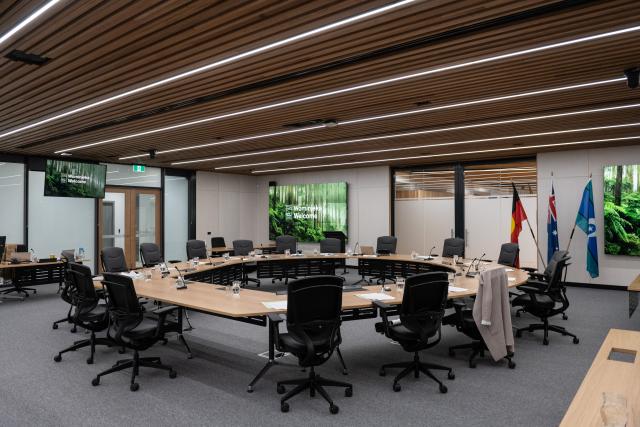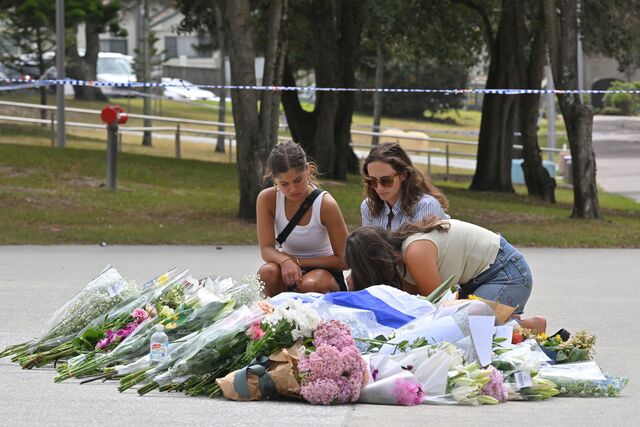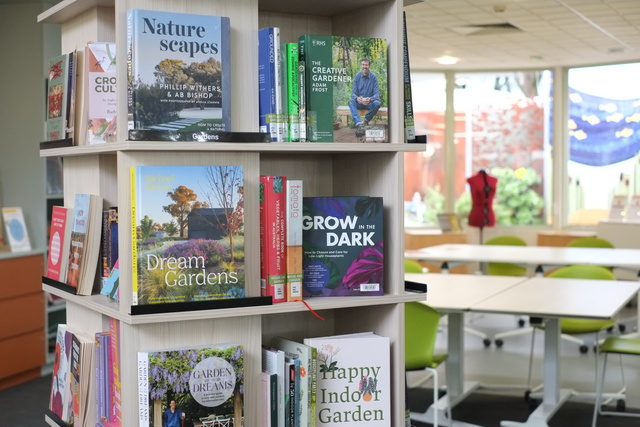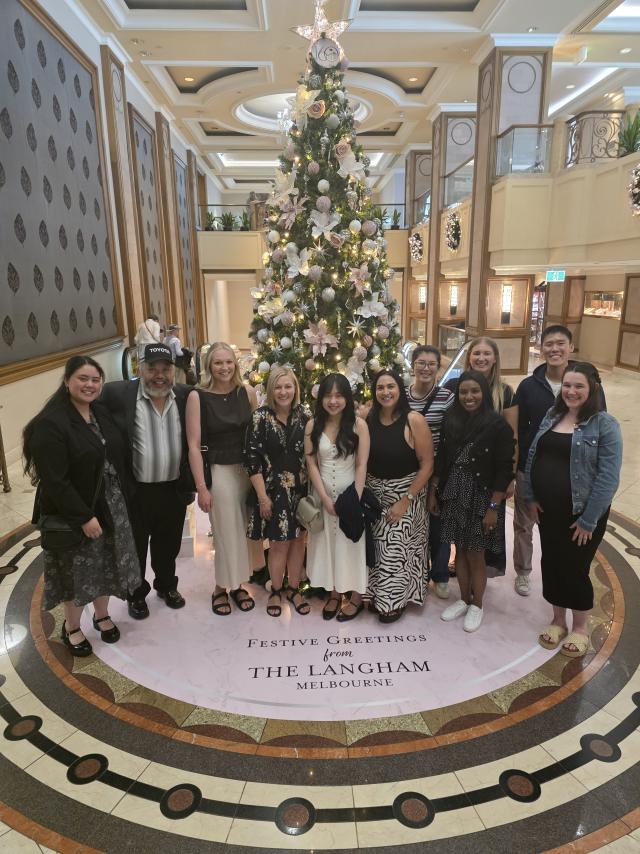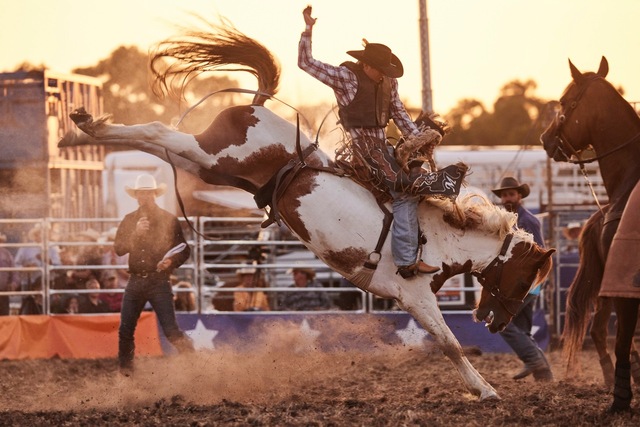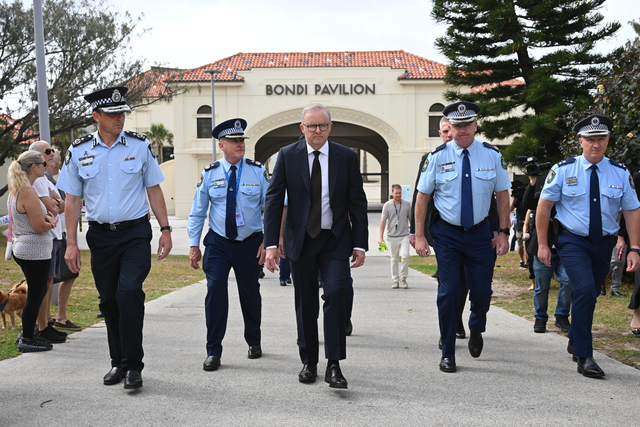While the rest of the state remains stable in its gender representation within local government, despite the 50/50 target falling short, the results in Yarra Ranges have reverted to a one to eight female representation ratio.
Having elected the highest percentage of female councillors in 2020, with an increase from just 11 per cent to 44 per cent, it has unfortunately returned to the original figure.
With Fiona McAllister the only woman to hold her seat at the table in Ryrie, she will yet again serve a four year term as the only woman.
Not only was there a reduction in women elected for the shire, under-representation was also seen in the number of female candidates choosing to run, with just eight of the 24 being women.
Running as a candidate for Streeton in 2020, Amy Muratore said given the political climate, in her opinion, women just don’t feel safe to run, something that was a “disappointing trend”.
Four years ago however, the environment was different, with the pandemic in full force and just one woman holding a position, the push for female representation was at the fore.
“Out of the nine councillors, the only female was Fiona, and a lot of like minded women started popping their heads up and I actually had almost like a support network,” Ms Muratore said.
“We were running different campaigns, and we were running in different wards, but with candidates like Roxanne Horn, Bec Brannigan and Jo Skelton, who ended up being successful, we were all young parents living in our communities, using council services, and decided we would all run.
“We all had the shared goal that we would like to see the gender balance on Yarra Ranges Council improve.”
Despite not winning herself, Ms Muratore said to see four women elected last term her “goal for running for council was achieved”.
Ms Muratore said in the lead up to the election, given the pandemic, women used their networks to campaign but this time around it was not as easy.
“We were campaigning in the middle of a pandemic, so it completely changed the playing field because we were limited in how we could campaign, it meant that we had to rely on community organising and women are good at that,” she said.
“They can make connections in the community, because they are in the community, doing things with their children. Even if they don’t have children they’re part of local clubs, they’re the managers of household budgets, they’re using the toy libraries, they’re going to the maternal child health nurse.
“So it set women up to succeed a little better, whereas this time round, now that we’ve gone back to a traditional election cycle, it’s certainly a man’s game to win.”
The push for women to run in 2020 was also backed by groups like Voices of Women, Victorian Local Governance Association and the council itself.
Welcoming a second child into the world and with her daughter in school, as well as being a teacher herself, Ms Muratore said this time around it just wasn’t possible for her to run even though it “certainly was tempting”.
“It’s certainly something that I have not put aside but for me, watching what Jo Skelton and even Fiona, to a degree, had to do as as mothers running on council, and the support and the pay that you get, while my family and my kids are this young, it’s not that appealing,” she said.
“It sets it up for a bit more of a self funded retiree game, and really people that are not primary caregivers, the majority of which are men.”
Having also encountered threats during her campaign in 2020 and photos being taken of her daughter while at the park, Ms Muratore said this time her family’s safety was also a huge consideration.
Across the state in 2020, the percentage of women elected rose from 38 to 43.8, with the ABC reporting this make-up remains in 2024, robbing Victoria of the 2025 target issued under the government’s gender equality strategy.
Looking at eastern councils, Nillumbik (43 per cent), Maroondah (56 per cent) and Manningham (56 per cent) held the same percentage of female councillors as in 2020.
Knox saw a reduction from eight to five but women still held a majority. Cardinia gained another female representative with four women now serving.
The ABC reported that across the board it was “almost a 50-50 split between men and women in metropolitan councils” but that others heavily slanted towards men.
“It is a state trend, but we are seeing some exciting things, especially in Stonnington, people have been working really hard. So I’m heartened by some of those results,” Ms Muratore said.
Incumbency levels were also high for Yarra Ranges, seeing a 56 per cent majority of councillors reappointed.
Nillumbik had the lowest return rate with just 14 per cent while Manningham had the highest at 67 per cent.
Ms Muratore said if diversity of all kinds is going to be achieved within Yarra Ranges Council, then perhaps incumbency needs to change to ensure they are being elected on merit and not just “rely on name recognition”.
Despite commenting on Cr McAllister being “a force on Yarra Ranges Council” and how “she’s very strong in her service to the community”, Ms Muratore said “that’s not diversity”.
“I am pleased we now have a bit more of an age diversity and I’m hopeful about some of those newer candidates coming in but we need to see gender balance because it provides a diverse lens on things that cannot be under-valued.”

